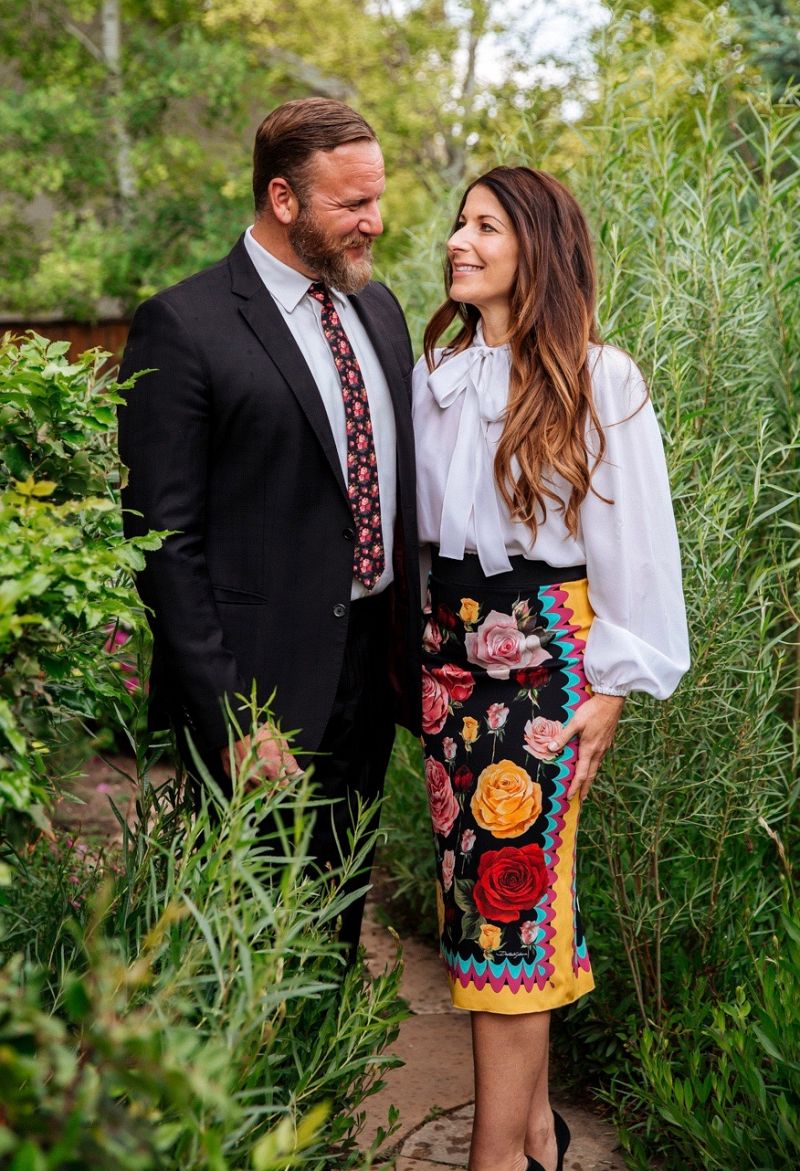About Us
We met in 1998 in San Francisco and were immediately drawn to each other by our common passion for caring for people who were suffering loss. Those young days in The City found us working at different mortuaries in a variety of capacities while entrenched in inspired conversations with each other at all hours desiring to give more to the people who we met during the most difficult days of their lives. Together, we observed the needs of the bereaved and were struck by how those needs were being managed. We noticed at many mortuaries there were often two or more viewings occurring simultaneously. Arrows point underneath names on a marquis in a vain attempt to prevent mourners from commingling by directing them to their designated room. Once attendees found their line, they signed a book, shook hands, viewed the deceased and were on their way. At the end of the evening, the families were exhausted from quickly moving people through the receiving line. Friends neither find an opportunity to share stories nor express their sadness and what the person meant to them…sentiments the family should hear. In this style, nobody’s needs are met.
We also observed that people were increasingly choosing cremation or didn’t have a religious affiliation that dictated their ritual. Maybe they decide a graveside gathering and meet at a favorite restaurant. Perhaps they take their ashes home and have their own memorial later. In both of these arrangements, the “celebration” is separate from the “death.” This reduces funeral directors to providing a mere disposition service. The “body” becomes and incidental detail. People are forgetting that, although the deceased is “not there anymore” what is left with us here still once housed the soul of their loved one. Is it possible to connect the celebration with the burial or cremation? Why not bring together the “celebration of life” along with the viewing or visitation or memorial?
In light of this, we dedicated ourselves to finding a better way. This search led us to the discovery of how turn-of-the-century funeral practices satisfied and nurtured the needs of everyone surrounding a death. How traditional wakes allowed families to connect with others, share their grief, and begin to heal. And so our dream began. After our engagement, we moved to Salt Lake City, found an old orchard house, and spent three years living in a tiny apartment above the construction, designing our parlor and imagining innovative ways we would comfort the bereaved once we had finished building a home for them.
Today we feel infinitely blessed to be allowed the daily opportunity to live lives of service, loving others during their most difficult days.

